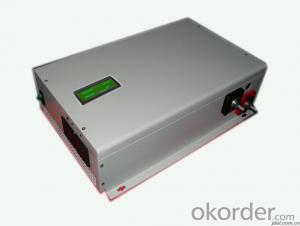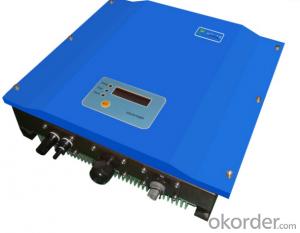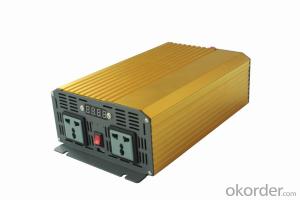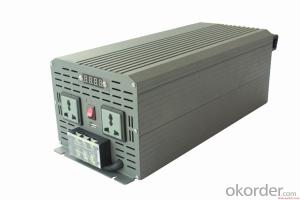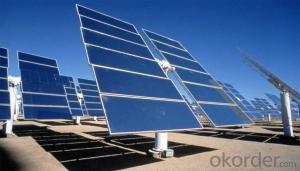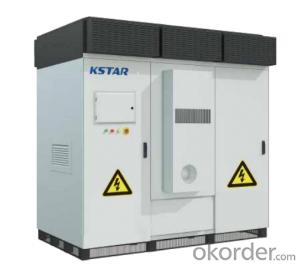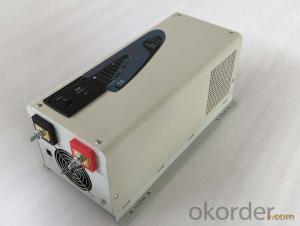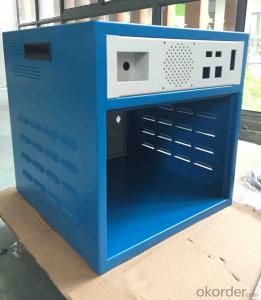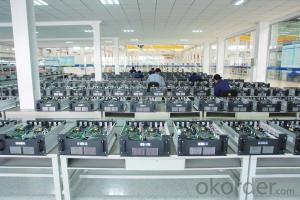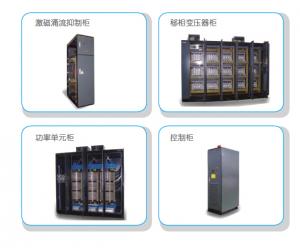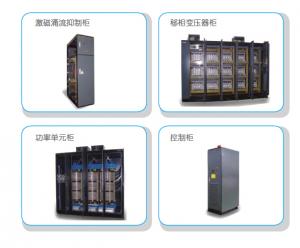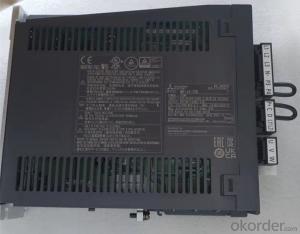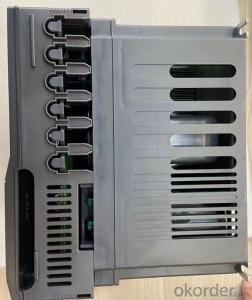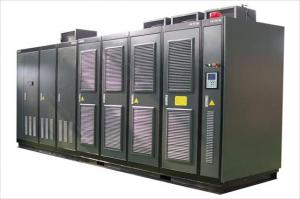8000 Watt Solar Inverter
8000 Watt Solar Inverter Related Searches
Solar Inverter 8000w 8 Kw Solar Inverter Solar 800 Watt Power Inverter 8kw Solar Inverter 8kw Inverter Solar Solar Inverter 8kw 10000 Watt Solar Inverter 10000w Solar Inverter 10000w Solar Power Inverter Solar Inverter 10000 Watt 8kv Solar Inverter 8kw Hybrid Solar Inverter 4000 Watt Solar Inverter 800 Watt Solar Inverter Price 1000 Watt Solar Inverter 4000 Watt Inverter Solar 5000 Watt Solar Inverter Solar Power Inverter 10000w 8 Kw Solar Inverter Price 5000 Watt Inverter Solar 7000 Watt Solar Inverter 1000 W Solar Inverter 8kw Solar Inverter Price 1000 Watt Solar Power Inverter 5000 Watt Solar Power Inverter Solar Inverter 4000 Watt 6000 Watt Solar Inverter 1000kw Solar Inverter 3000 Watt Solar Inverter Solar 1000 Watt Power Inverter8000 Watt Solar Inverter Supplier & Manufacturer from China
The 8000 Watt Solar Inverter is a high-capacity power conversion device designed to efficiently convert the energy generated by solar panels into usable electricity for various applications. This advanced inverter is equipped with cutting-edge technology, ensuring optimal performance and reliability in managing the power flow from solar arrays. It is an essential component in solar energy systems, catering to the needs of both residential and commercial setups.The 8000 Watt Solar Inverter finds its application in a wide range of scenarios, from powering homes and businesses to supporting off-grid systems and backup power solutions. It is particularly useful in areas with high energy demands, where a robust and reliable power supply is crucial. This inverter is also ideal for environments with fluctuating energy needs, as it can handle the varying power output from solar panels and maintain a stable electricity supply.
Okorder.com is a leading wholesale supplier of the 8000 Watt Solar Inverter, boasting a large inventory to cater to the growing demand for sustainable energy solutions. As a reputable online platform, Okorder.com offers competitive prices, fast shipping, and excellent customer service, making it a preferred choice for those seeking to invest in high-quality solar inverters. With their extensive selection and commitment to customer satisfaction, Okorder.com is well-positioned to meet the needs of customers seeking to harness the power of solar energy efficiently and effectively.
Hot Products
